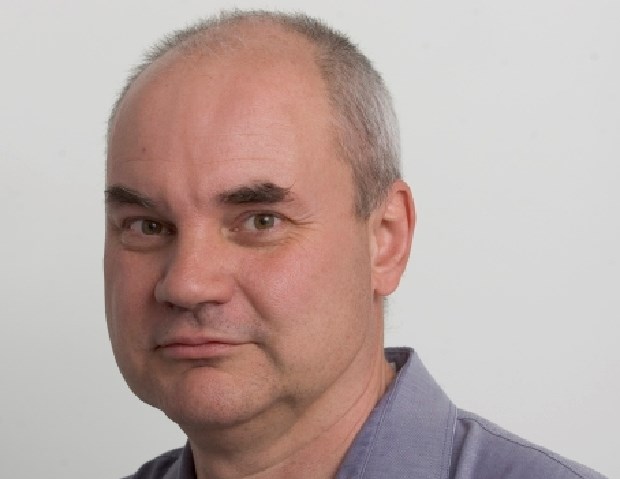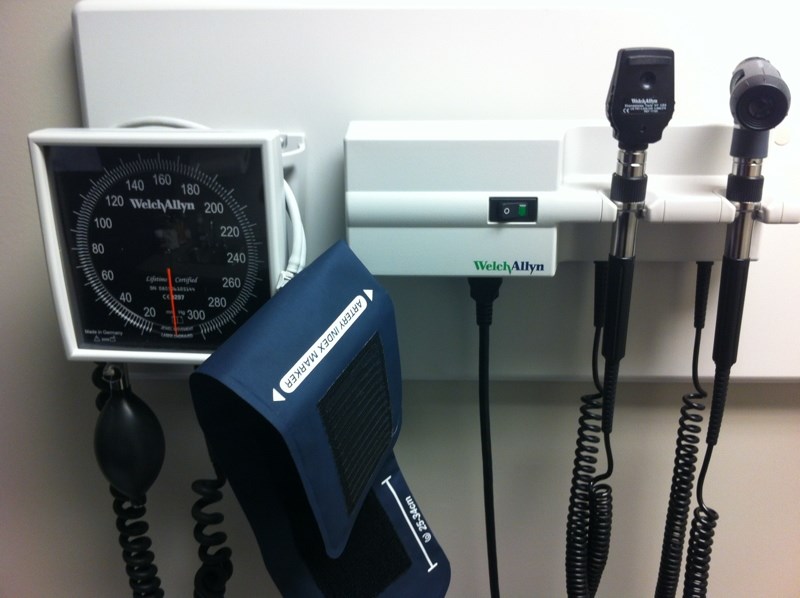 Somewhere at the intersection of the opioid crisis and the doctor shortage, Ron Schlosberg became an accident victim again.
Somewhere at the intersection of the opioid crisis and the doctor shortage, Ron Schlosberg became an accident victim again.
The 75-year-old Victoria man has been using pain medication for close to 20 years. Not so much that he can’t think clearly or otherwise function, but enough to take the edge off the permanent pain he was left with after car crashes damaged his spine.
“It’s a matter of finding the right dose,” he said.
Except now circumstance has clobbered him again. His physician has retired and — like so many people — Schlosberg can’t find another GP. That matters, because he needs a doctor to write the prescription for those sustained-release meds.
He can’t get a script at a walk-in clinic, either. Signs in the waiting rooms warn patients that the clinics don’t prescribe opioids. Understandable, given the big picture and the penalties doctors now face for improperly doling out pain pills, but that still leaves Schlosberg as collateral damage in the war on addiction.
“Where does someone like me go?” he asks. Hospital emergency rooms aren’t likely to help. Government-funded programs — detox, methadone, mobile services — are geared to illicit-drug users and street addicts.
That leaves Schlosberg down to the very end of his last three-month refill.
It’s not that the medical community is against him having the drugs. It’s just that he can’t find anyone to prescribe them.
Nor is he alone.
“This is something we are hearing about from every community in the province,” said Maria Hudspith, executive director of Pain B.C., a non-profit patient advocacy group. Seniors are particularly affected.
It goes back to 2016 when the College of Physicians and Surgeons of B.C., in one of those dramatic pendulum swings, replaced its opioid-prescribing guidelines with legally binding, hard-and-fast rules. Doctors deemed to have broken the rules faced tough penalties including loss of their licences.
“It really scared a lot of physicians,” Hudspith said.
This is nuts, people are falling between the cracks, said Pain B.C. and other groups. They helped persuade the college to change its position. The 2016 policy has since been tweaked three times. The latest version, which came out in June, states: “The College recognizes the particular challenge of patients who have been receiving high-dose opioids, and other high-risk profile medications, for many years. It is unacceptable to decline to accept these individuals as patients…. Medications must not be abruptly discontinued — ‘bridging’ prescriptions during assessment of these patients is entirely acceptable to avoid dangers of withdrawal.”
Still, many physicians either are not up to date on the policy change or remain leery of crossing the line, Hudspith said. An “overarching chill” has spooked doctors into going beyond what the college requires. “The real concern is what the practice has become.”
Add in the complicating factor of the shortage of family doctors, and you end up with a lot of people like Schlosberg.
“I think seniors are really caught in the crossfire of this issue,” Hudspith said. Not only do they not have prescriptions to ease their chronic pain, they have no one to guide them as they deal with coming off the drugs. Nobody who has been on long-term pain meds should do so without medical supervision, Hudspith said. “Patients cannot be left to suffer on their own.”
Schlosberg, for his part, has turned to medical marijuana as an alternative. After a doctor’s examination, a “cannabis coach” talked him through the use of cannabis oil, which he is trying.
So far, so good. Gradually reducing the opioid dosage in combination with the cannabis oil has worked so far. He’s down to half the opioid dose. Still, he’s worried about what happens when his prescription runs out altogether. “I’m troubled,” he said.
Even if medical marijuana is successful, and even with a break on the price — the cannabis oil provider lowered that cost to $60 a bottle from $90 after Schlosberg showed proof of low income — there’s still the question of affordability. Pharmacare paid for his pain medication, but the cannabis oil comes out of his own pockets, which aren’t deep.
Hudspith hopes new government measures — recruiting 200 family doctors, expanding the use of nurse-practitioners, opening urgent-care centres such as the new one in Langford — will ease things. She also awaits the province’s new strategy for people dealing with chronic pain. It’s due in the new year.



